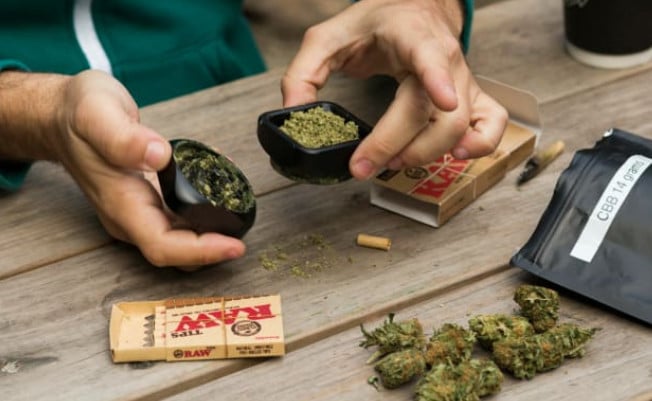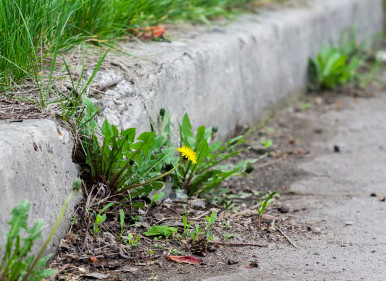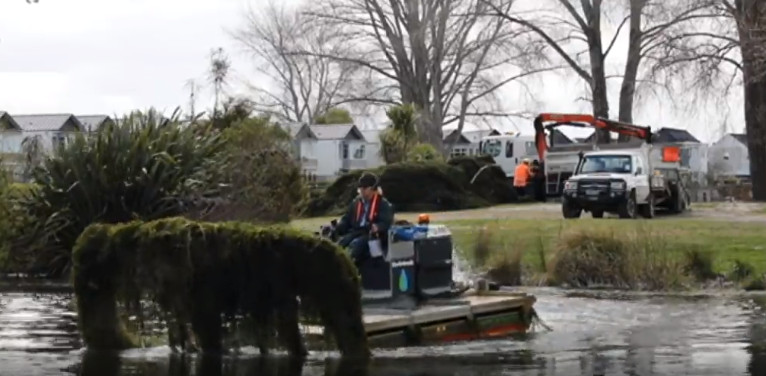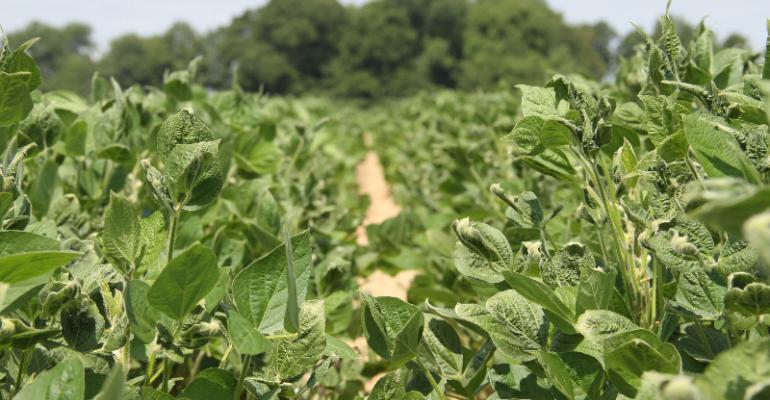We have all heard the saying, “An ounce of prevention is worth a pound of cure.” That proverb is applicable when it comes to weed control. For the past couple of weeks, my telephone has continued to ring, and the question most frequently asked is, “When should I start applying pre-emergence for crabgrass control?”
It was not that long ago most of us were speculating whether spring would ever arrive. Fielding that question only two weeks ago, my answer was then, “Patience; it is too early.” Now, prevention time is near.
I have often heard it said that when the brilliant, yellow flowers of the forsythia shrub are in bloom, it is time to treat for crabgrass. With some degree of accuracy, this can be true. Often crabgrass seeds do begin to sprout near the same time the forsythia shrub blooms. Interestingly, however, my forsythia was blooming nearly two weeks ago, and by now, it is nearly finished blooming. Does this mean we are too late for crabgrass prevention? Definitely not. It is all about soil temperature. Crabgrass is an annual grass. Every year it grows new from seed. Optimal soil temperatures need to reach a constant 55 degrees to 60 degrees for germination to begin. This normally happens from early to mid-May.
On April 30, it was interesting to know that our seven-day average soil temperature in the Kearney area, measured at a depth of 4 inches, was 53 degrees. The seven-day high for that same period was 69 degrees, and the seven-day low was 42 degrees. How do I know this, you ask? Simple. I checked with the University of Nebraska at Lincoln. For you to receive a day-by-day accounting of soil temperatures, all you need to do is google UNL’s website. Once there, search Crop Watch – Soil Temperature Update.
Did you know a pre-emergent herbicide prevents germinating weed seeds from developing root hairs, thus destroying the emerging seedling? Crabgrass is just one of many weeds plaguing our lawns and gardens. In the top layer of garden soil lie tens of thousands of other dormant weed seeds patiently waiting for the right opportunity to germinate. While early application of a pre-emergent is essential for crabgrass control, different weed seeds germinate at different times throughout the seasons.
For example, henbit, that lovely, low-growing, purple-flowering weed we are presently seeing in full bloom throughout the countryside, could have been prevented by applying a pre-emergent herbicide. However, unlike crabgrass that germinates in the spring, henbit is a winter annual, and its seeds germinate in the autumn. The young weed tenaciously survives the winter as a very small plant. With the onset of spring, it rapidly grows in size, produces flowers and sets seeds for the next generation. Before summer officially arrives, the parent henbit plant dies, but not before creating thousands of seeds for the next generation. To prevent henbit seeds from germinating and becoming troublesome weeds, one should apply a pre-emergent herbicide in September.
A few quality pre-emergent herbicides include the following:
Trade Active
Name Chemical
Dimension Dithopyr
Barricade Prodiamine
Pre-M Pendimethalin
Treflan Trifluralin
Preen Trifluralin
Keep in mind, a pre-emergent herbicide does not kill existing weeds. Winning the war against weeds involves two preventive steps. Step one is to destroy existing weeds and prevent them from going to seed. Step two is to prevent weed seeds from sprouting. If one focuses on a battle plan incorporating these two steps, eventually the war does become easier. Perhaps now you realize that the saying, “An ounce of prevention is worth a pound of cure,” fits exceptionally well when it comes to weed control.
Yard and Garden is provided by University of Nebraska Extension — Buffalo County. It is written by horticulture aide Ted Griess of Minden. Questions can be directed to him by sending email to tgriess2@unl.edu or calling the Buffalo County Extension Office at 236-1235.
Credit: kearneyhub.com













